As the demand for renewable energy solutions continues to rise, more homeowners are turning to solar power to meet their electricity needs. A solar energy system comprises several key components that work together to harness the sun's energy and convert it into usable electricity. Understanding these components is crucial for anyone considering investing in solar. Let's explore the key items that make up a solar energy system:
-
Solar Panels: At the heart of any solar energy system are the solar panels. These photovoltaic (PV) panels are responsible for capturing sunlight and converting it into electrical energy through the photovoltaic effect.
-
Inverter: Solar panels generate direct current (DC) electricity, but most home appliances operate on alternating current (AC). The inverter converts the DC electricity produced by the panels into AC electricity, making it compatible with household electrical systems.
-
Racking System: Solar panels need to be securely mounted in place, whether on the roof or on the ground. Racking systems provide the necessary support and framework for the panels, ensuring optimal positioning for maximum sunlight exposure.
-
Batteries: Excess energy generated by the solar panels can be stored in batteries for later use, especially during times when sunlight is unavailable, such as at night or on cloudy days. Batteries help to ensure a continuous power supply and can also serve as backup during power outages.
-
Charge Controller: Charge controllers regulate the flow of electricity from the solar panels to the batteries, preventing overcharging and optimizing the charging process for maximum efficiency and battery life.
-
Monitoring System: A monitoring system allows homeowners to track the performance of their solar energy system in real-time. This includes monitoring energy generation, consumption, and battery status, providing valuable insights for system optimization.
-
Disconnect Switch: During maintenance or repair work, it's essential to isolate the solar system from the electrical grid for safety reasons. A disconnect switch allows for easy and safe disconnection of the system when needed.
-
Wiring: High-quality electrical wiring is crucial for connecting all components of the solar system, ensuring efficient energy transfer and system reliability. Proper wiring also enhances safety and minimizes the risk of electrical hazards.
-
Circuit Breakers: Circuit breakers protect the solar system from overloads and short circuits, helping to prevent damage to the system components and ensuring safe operation.
-
Electrical Meter: An electrical meter measures the net energy usage of the household, taking into account both energy consumption from the grid and energy generation from the solar system. This helps homeowners track their energy savings and assess the effectiveness of their solar investment.
Understanding these key components is essential for anyone considering investing in a solar energy system. By familiarizing yourself with these components, you can make informed decisions and ensure that your solar system meets your energy needs efficiently and effectively.
Haultron Energy is a reseller and supplier of all core alternative energy components. Get it touch with us, or shop online.

